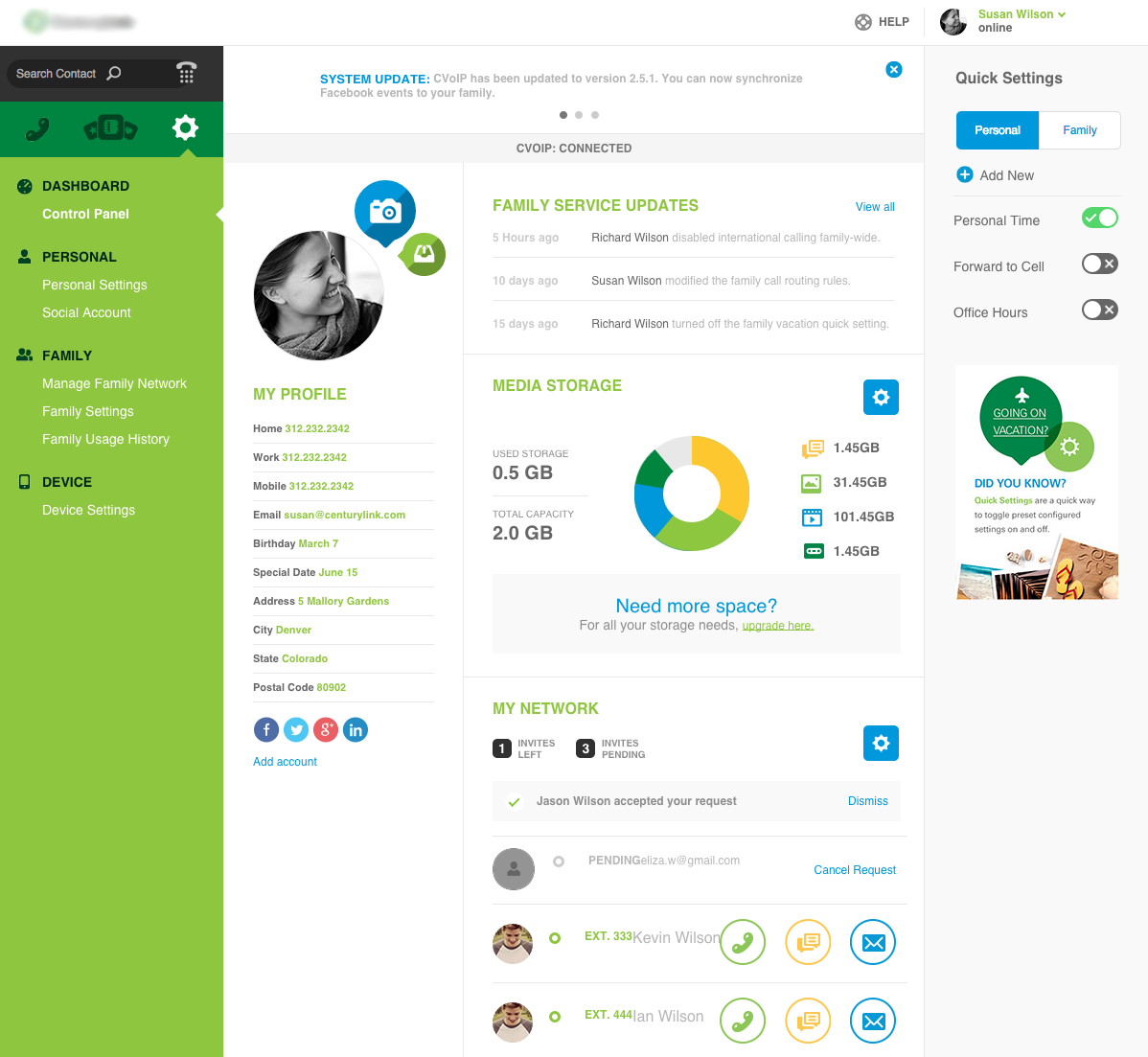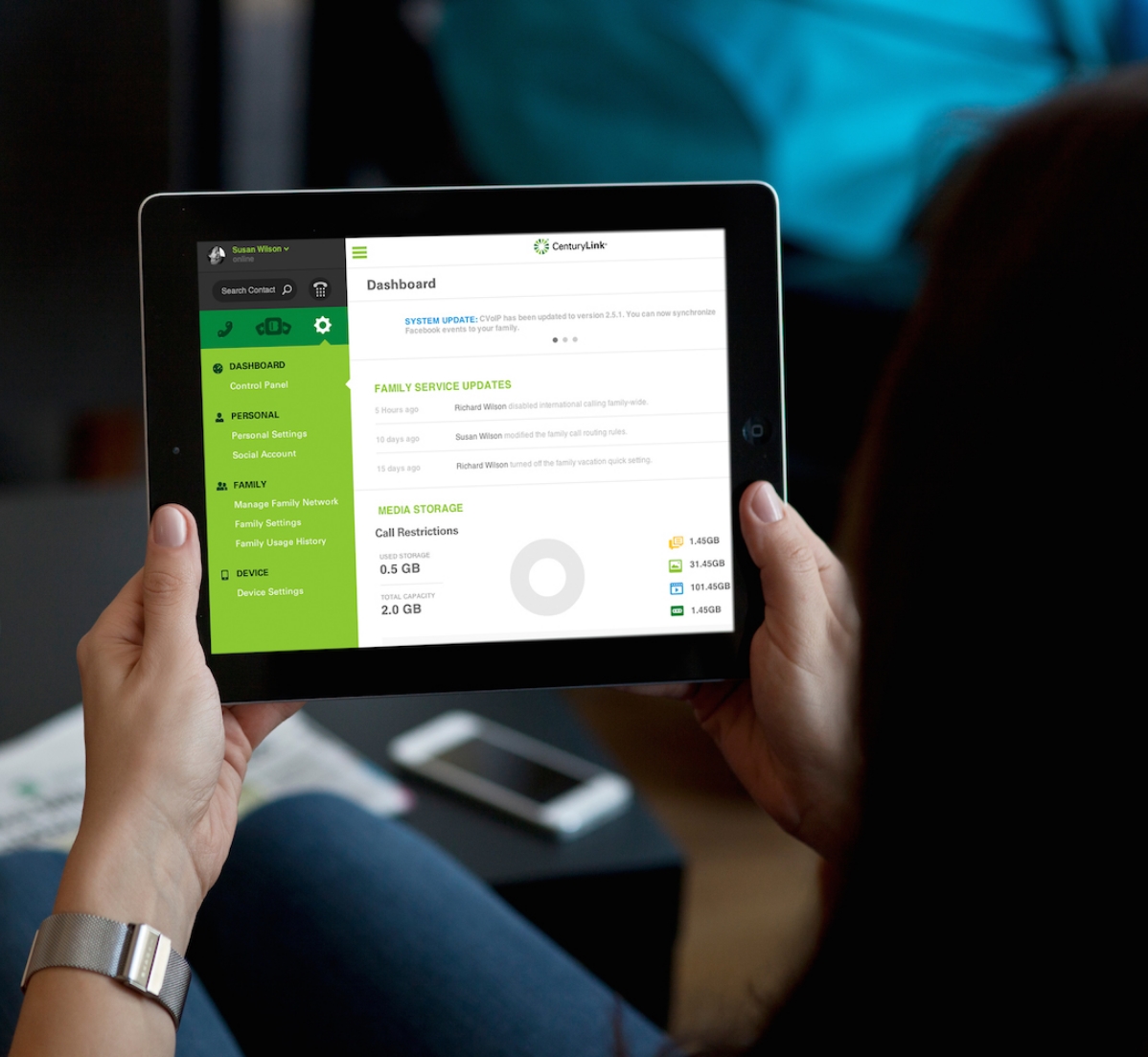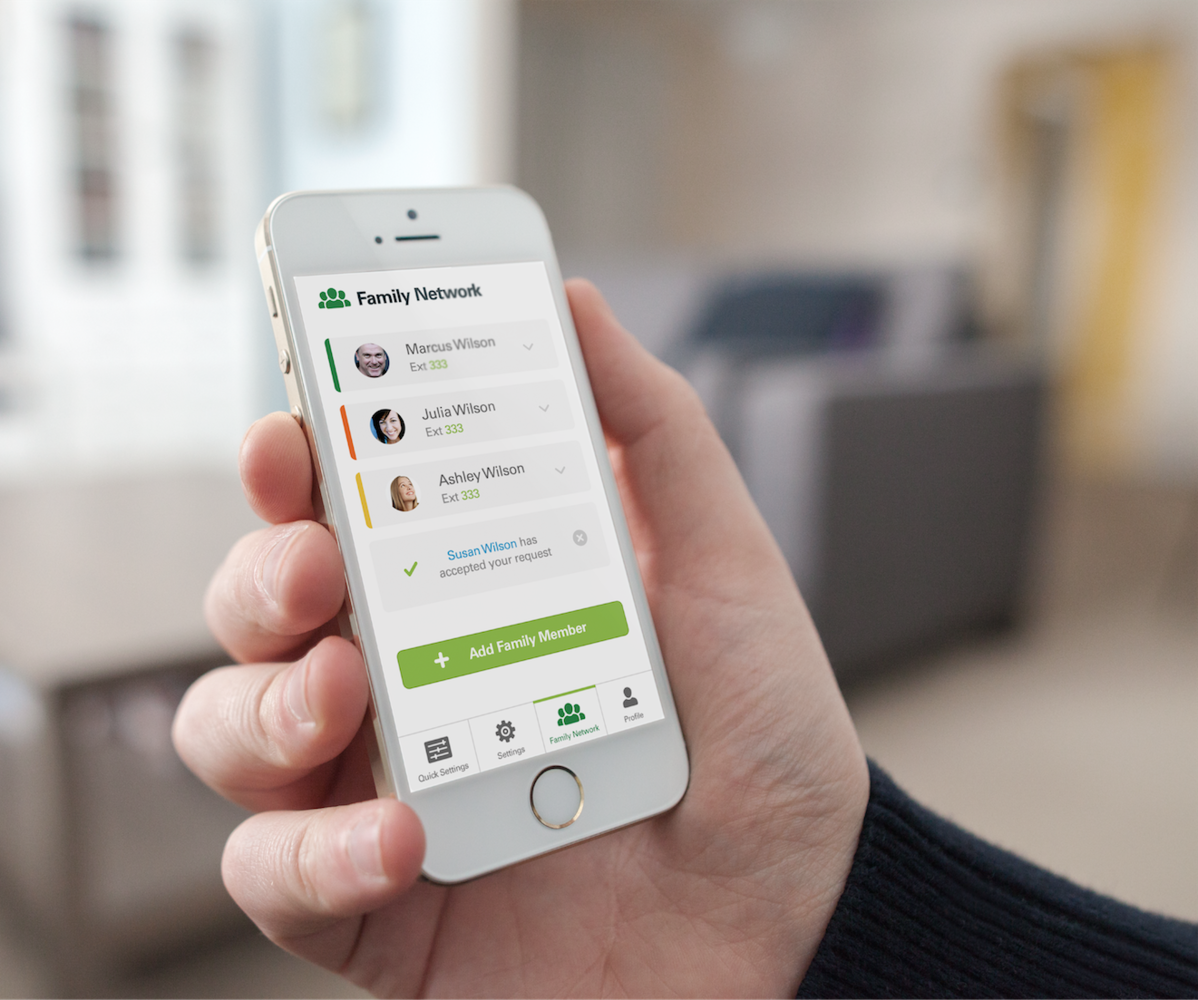Family VoIP Service
Control portal and concept work on a family-oriented, web app-based voice-over-IP (VoIP) product.
The Problem
Most VoIP services today operate under a principle of "one account, one user", making it difficult for families to manage VoIP services in the same way they can a shared cell phone plan, or even a home phone line. Our client brought us in to support the design and development of the control portal environment for a new family-oriented VoIP service they were implementing. This imposed a tough set of constraints, as much of the actual communication functionality was being developed by another partner organization, meaning that our ability to propose new or alternative functionality to meet identified needs was limited to making suggestions.
“How might we improve communication between family members and each other as well as their friends and acquaintances through a communication platform’s control environment?”
How My Team and I Helped
User Experience Research
As part of our initial research phase, my team and I conducted a wide range of research activities, from competitive landscape analysis to contextual inquiry with prospective users. We characterized several service gaps across existing products considering the goals we uncovered from interviews with a wide range of different families.
We also explored how families conceptualized their phone services, and how decision-making authority and service management needs differed across those in different family roles. We used those insights to inspire the reframing of calling "features" into goal-oriented and understandable controls.
Interaction Design & Testing
Working through several levels of design fidelity, we designed and tested concepts for both the control portal and the actual VoIP web app product. We began with paper prototypes, moved through static wireframes, interactive prototypes in Axure (to test more dynamic components of the interface), and finished with a fully-functional responsive front-end web app.
We conducted rapid testing of our designs with a wide range of individuals, as well as more intensive multi-task evaluations with particular individuals representative of target personas, to ensure that our designs were usable and intuitive.
The final front-end web app (shown above) was designed to support total integration between the control and settings aspects and the actual calling client. An additional, simplified approach was developed for a standalone control portal environment



